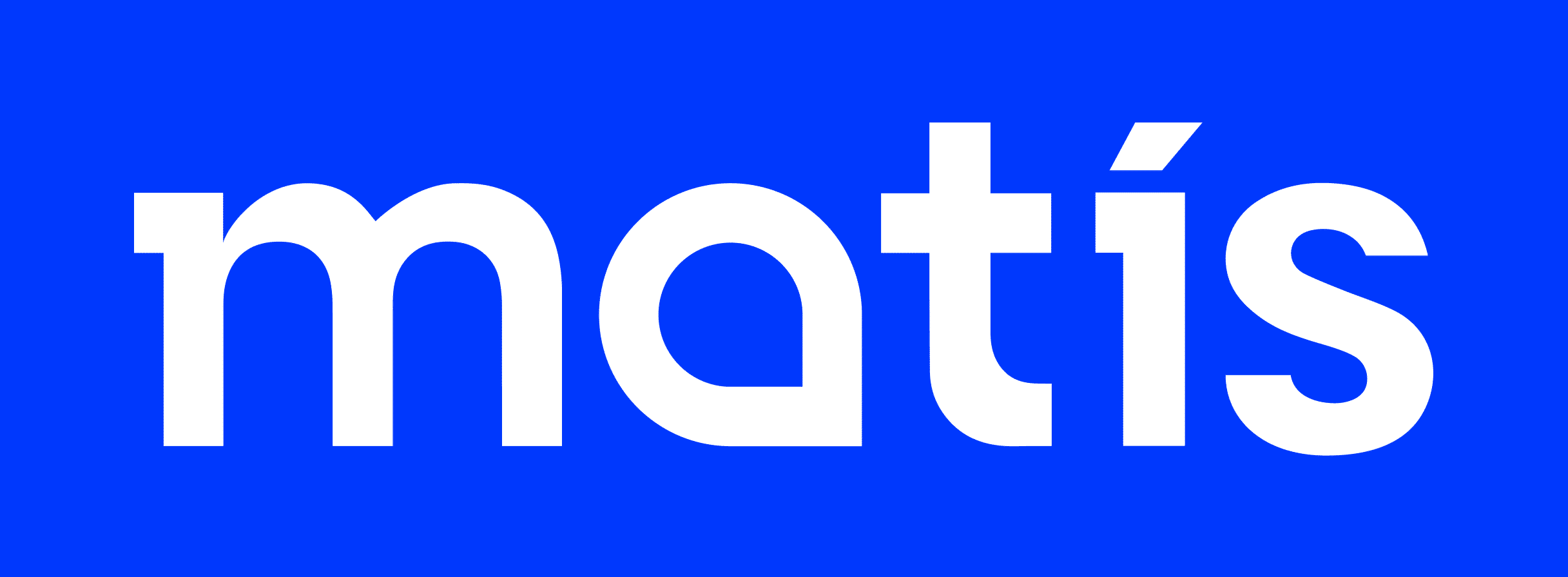Monitoring of the marine biosphere around Iceland 2009 and 2010 / Mengunarvöktun í lífríki sjávar við Ísland 2009 og 2010
Í þessari skýrslu eru birtar niðurstöður árlegs vöktunarverkefnis sem styrkt var af umhverfisráðuneytinu og sávarútvegs- og landbúnaðarráðuneytinu. Markmið með þessari vöktun er að uppfylla skuldbindingar Íslands varðandi Oslóar- og Parísarsamninginn (OSPAR), auk AMAP (Arctic Monitoring Assessment Program). Gögnin hafa verið send í gagnabanka Alþjóðahafrannsóknaráðsins (ICES). Hafrannsóknastofnunin sér um að afla sýna og Matís hefur umsjón með undirbúningi sýna og mælingum á snefilefnum í lífríki hafsins. Sýnin eru mæld á Matís og á Rannsóknastofu Háskóla Íslands í lyfja- og eiturefnafræði. Mæld voru ýmis ólífræn snefilefni og klórlífræn efni í þorski veiddum í árlegu vorralli Hafró í mars 2010 og í kræklingi sem safnað var á 10 stöðum í kringum landið í ágúst/sept 2009. Vöktun í lífríki sjávar við Ísland hófst 1989 og er sýnasöfnun eins frá ári til árs og unnið eftir alþjóðlegum sýnatökuleiðbeiningum. Gögnunum er safnað saman í gagnagrunn, í skýrslunni eru birtar yfirlitsmyndir fyrir sum efnanna sem fylgst er með. Kadmín er svæðisbundið hærra í íslenskum kræklingi samanborið við krækling frá öðrum löndum. Niðurstöður sýna breytingar í mynstri styrks klórlífrænna efna í kræklingi sem safnað var nálægt Hvalstöðinni í Hvalfirði í september 2009, ekki voru sýnilegar breytingar í styrk þessara efna á söfnunarstað kræklings við Hvammsvík í Hvalfirði né á neinum öðrum söfnunarstað í kringum landið sem rannsakaður var 2009. Mikilvægt er að fylgjast með þessum breytingum í mynstri styrks klórlífrænna efna í kræklingi í vöktunarverkefninu á næstu árum til að sjá hvort þær eru enn til staðar. Ítarleg tölfræðigreining á gögnunum er í gangi þ.a. hægt sé að meta með vísindalegum aðferðum aukningu eða minnkun mengandi efna í lífríki sjávar hér við land.
This report contains results of the annual monitoring of the biosphere around Iceland in 2009 and 2010. The project, overseen by the Environmental and Food Agency of Iceland, is to fulfil the OSPAR (Oslo and Paris agreement) and AMAP (Arctic Monitoring Assessment Program) agreements. The project was funded by Ministry for the Environment and Ministry of Fisheries and Agriculture. The data has been submitted to the ICES databank (ices.dk). The collection of data started 1989. Matís is the coordinator for marine biota monitoring and is responsible for methods relating to sampling, preparation and analysis of samples. The samples were analyzed at Matís and the Department of Pharmacology and Toxicology at the University of Iceland. Trace metals and organochlorines were analysed in cod (Gadus morhua) caught in March 2010 and in blue mussel (Mytilus edulis) collected in August/Sept 2009. Marine monitoring began in Iceland 1989 and the sampling is carried out according to standardized sampling guidelines. Changes were observed in the organochlorine concentration patterns in blue mussels collected year 2009 at the sampling site Hvalstod in Hvalfjordur, no noteworthy increase in organochlorine concentrations was however observed in blue mussels obtained at Hvammsvík in Hvalfjordur nor any of the other sample sites studied year 2009. These results need to be followed up in the annual monitoring of the biosphere around Iceland next year to see if this change in contaminant concentration pattern continues. A thorough statistical evaluation is ongoing on all available data from this monitoring program to analyse spatial and temporal trends of pollutants in the Icelandic marine biosphere.
